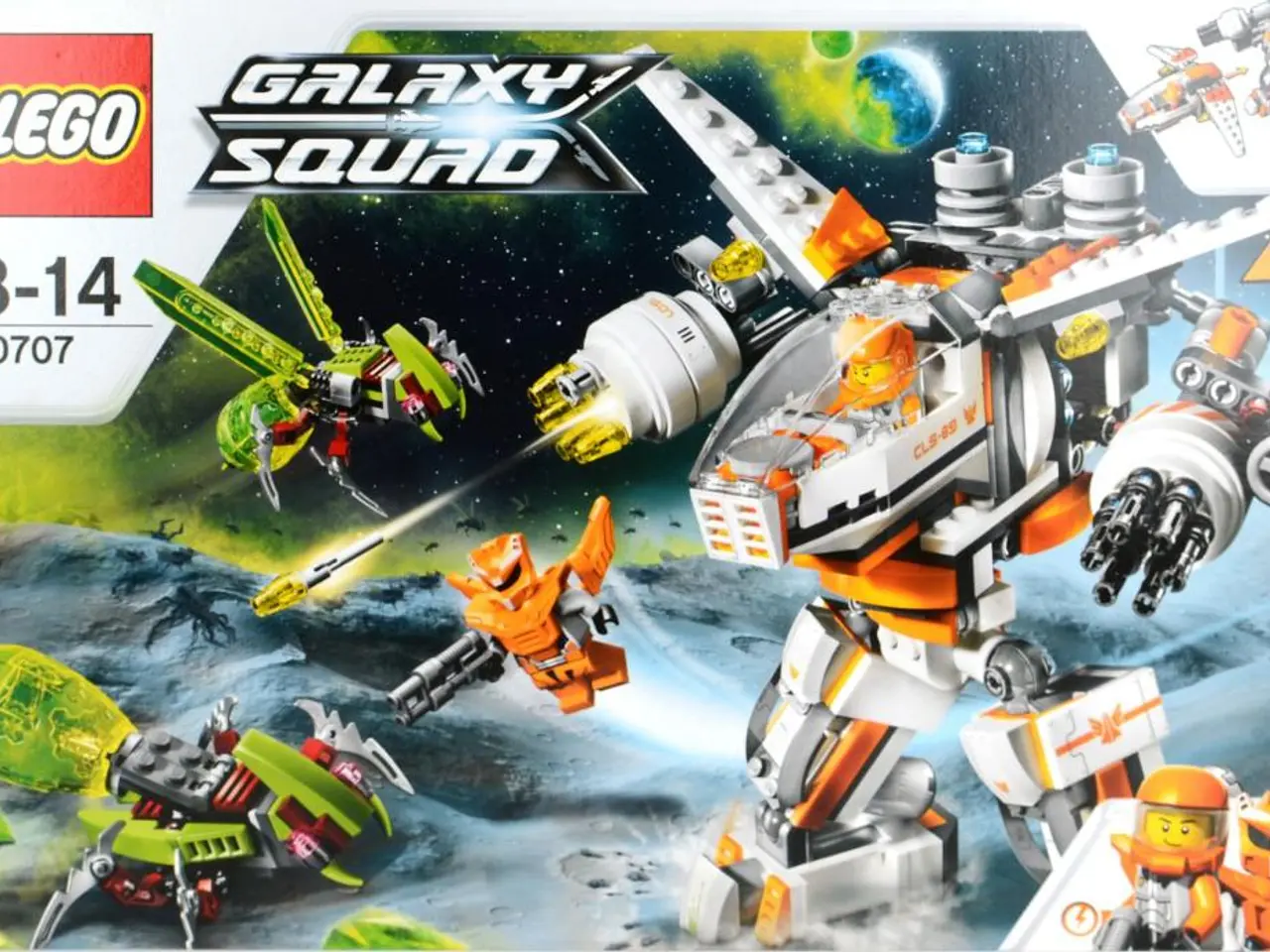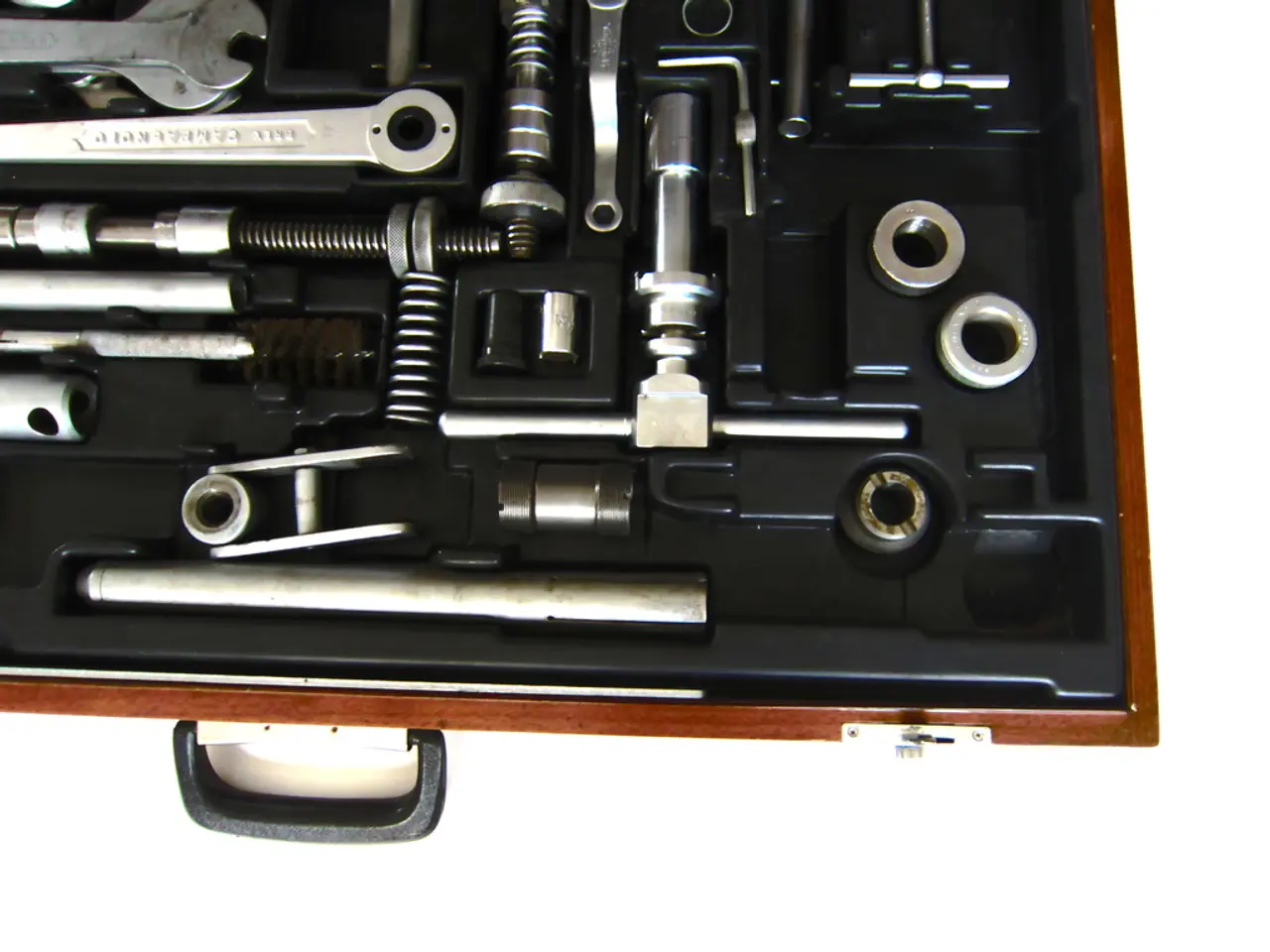Top Robotics Programming Languages in 2025
In the ever-evolving world of robotics, several programming languages have emerged as top choices for developers looking to create advanced and efficient robotics applications. Each language offers unique advantages depending on the specific needs of the robotic system. Here's a rundown of the most prominent languages—Python, C++, Java, MATLAB, and ROS—and their key benefits for robotics.
## Key Programming Languages for Robotics in 2025
| Language | Main Strengths | Typical Use Cases | |-----------|---------------|-------------------| | **Python** | Easy to learn, extensive libraries, strong AI/ML integration, strong community support | Prototyping, AI/vision tasks, educational robotics, sensor integration | | **C++** | High performance, low-level hardware access, reliability, real-time capabilities | Real-time control, hardware interfacing, industrial robotics | | **Java** | Platform independence, scalability, security, robust tooling | Enterprise robotics systems, large-scale applications, cross-platform development | | **MATLAB** | Advanced numerical computing, visualization, simulation | Simulations, algorithm development, data analysis | | **ROS** | Modular architecture, vast ecosystem, standardized tools | Robot middleware, modular robot software, research |
## Why These Languages?
### Python
Python is the most popular language in robotics today, particularly for beginners and those focused on artificial intelligence and machine learning. Its simple syntax and extensive libraries (e.g., TensorFlow, PyTorch, OpenCV) make it ideal for tasks like sensor management, vision processing, and rapid prototyping. Python is also widely used in educational robotics kits and is favored for its strong community and abundant documentation[1][2][4].
### C++
C++ is essential for developers who need high performance and direct hardware control. It is widely used in industrial and real-time robotics applications where speed and efficiency are crucial. C++ allows for low-level programming, making it suitable for controlling hardware at the lowest levels and integrating with embedded systems[1][2][3].
### Java
Java is known for its platform independence, security features, and scalability. It is commonly used in enterprise robotics systems and applications that require cross-platform compatibility and robust software engineering practices. Java’s portability makes it a strong choice for cloud-based and distributed robotics systems[2][4].
### MATLAB
MATLAB is a specialized tool for numerical computing, simulation, and data analysis. In robotics, it is primarily used for algorithm development, modeling, and simulation of robotic systems. MATLAB’s powerful visualization capabilities and toolboxes make it a valuable asset for researchers and engineers focused on advanced simulations and data processing[2][4].
### ROS (Robot Operating System)
ROS is not a programming language but a middleware framework that supports a range of languages, primarily Python and C++. It provides a modular architecture and a vast ecosystem of packages and libraries for building robot applications. ROS is widely adopted in academia and industry for prototyping, research, and development of complex robotic systems due to its standardized communication protocols and extensive community support[2][4].
## Summary
- **Python**: Best for beginners, AI/ML integration, and prototyping. - **C++**: Best for performance, real-time, and hardware-level programming. - **Java**: Best for enterprise, cross-platform, and scalable applications. - **MATLAB**: Best for simulations, data analysis, and algorithm development. - **ROS**: Best for middleware, modularity, and leveraging a broad robotics ecosystem.
Choosing the right language depends on the specific requirements of your robotics project, such as the need for real-time control, hardware interfacing, or AI capabilities[1][2][4].
- The advancements in robotics have led to the increasing use of technology, with programming languages like Python, C++, Java, MATLAB, and ROS being top choices for developers due to their unique benefits catering to specific needs of the robotic system.
- In the coming years, as technology continues to evolve, Python will likely remain the most popular programming language in robotics due to its simplicity, extensive libraries, and strong AI/ML integration, particularly for beginners and tasks like sensor management, vision processing, and prototyping.




